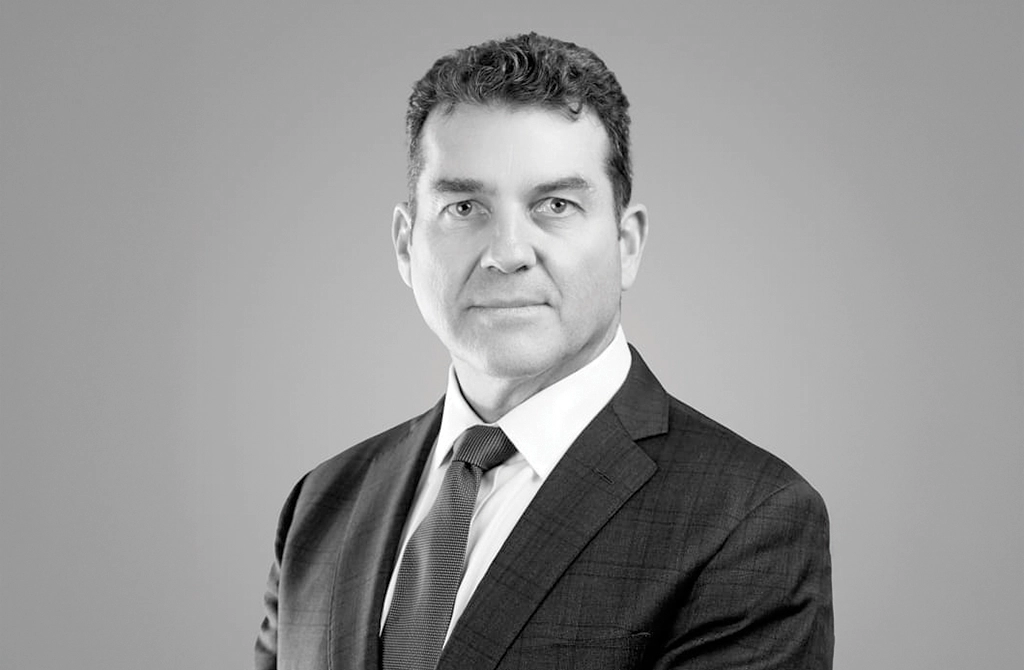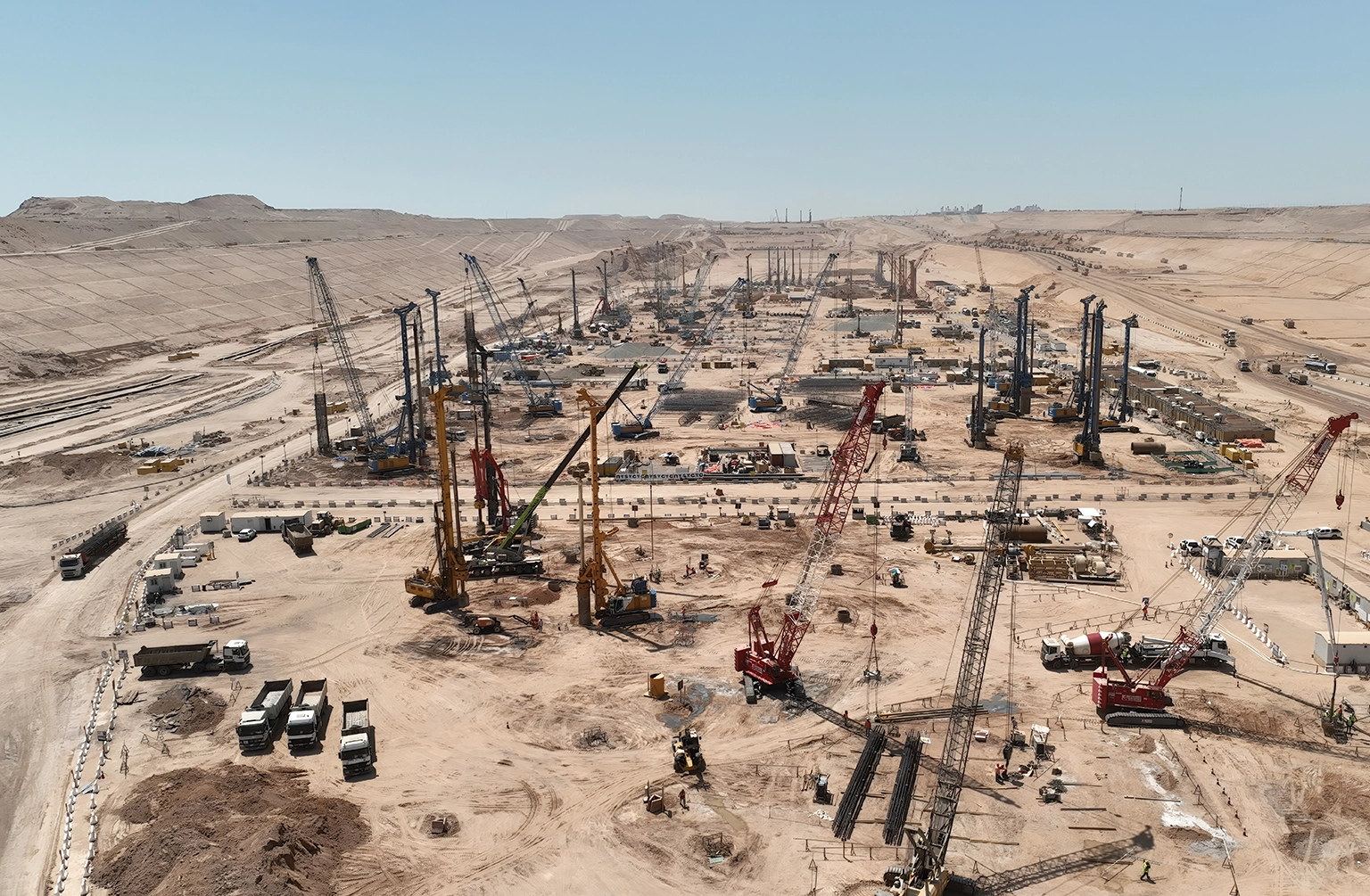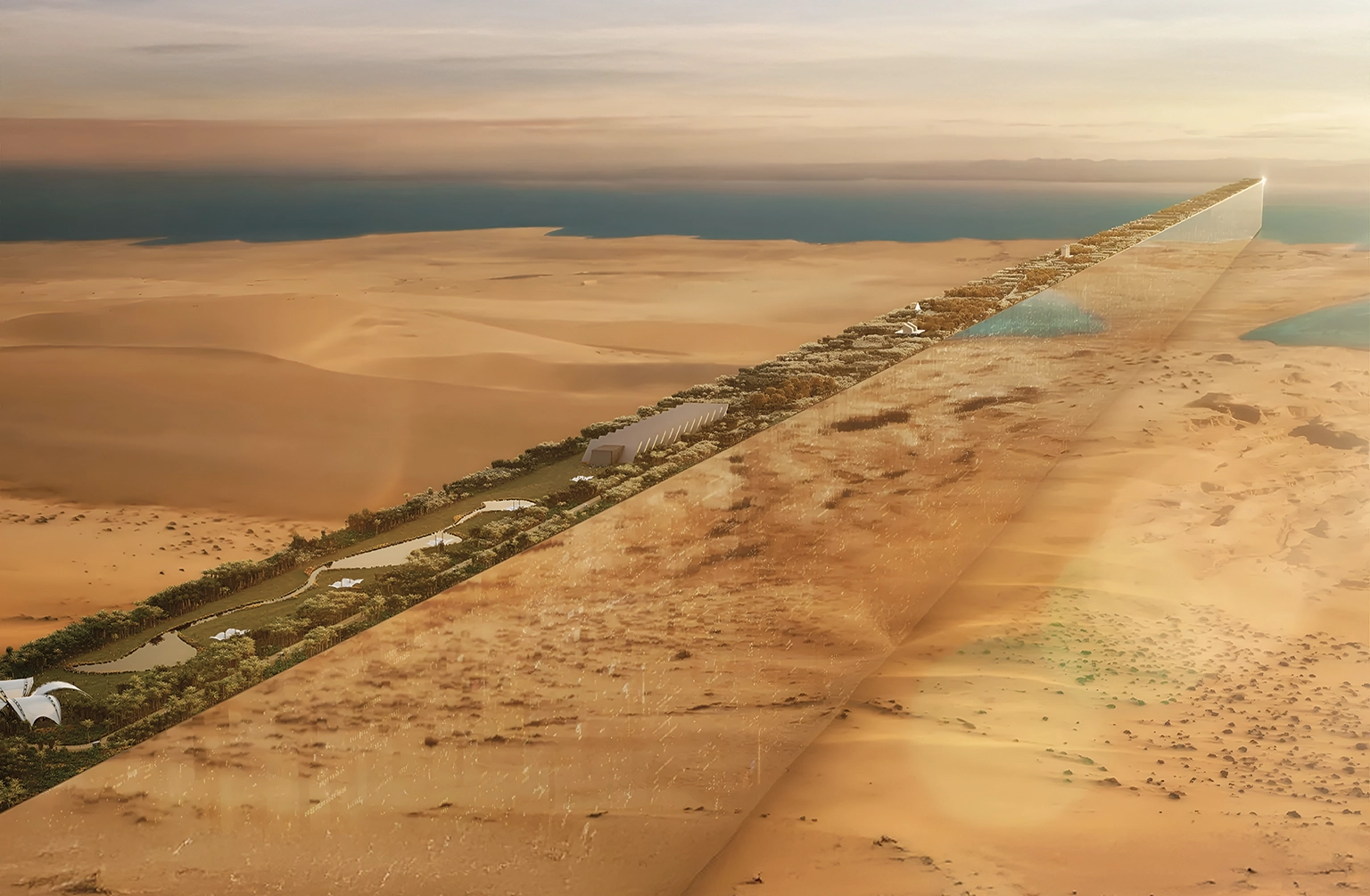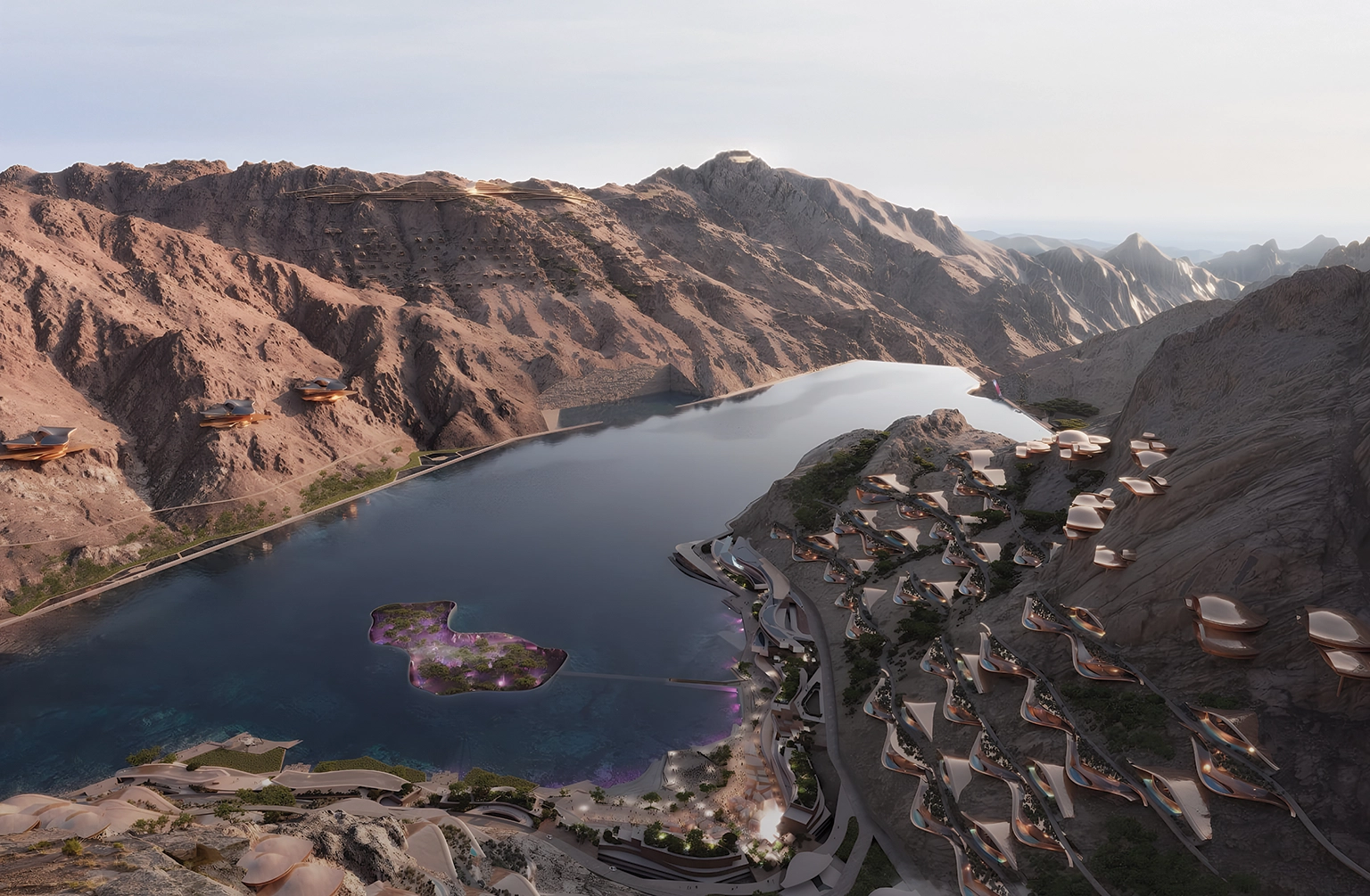During the World Economic Forum in Davos, Switzerland, NEOM delivered an update on the construction progress of Saudi Arabia’s ambitious $500 billion mega-project.
Located in the northwest of Saudi Arabia near the Red Sea, NEOM is Saudi Arabia’s ambitious mega-city project, envisioned as a futuristic, sustainable, and technologically advanced urban development.
During the World Economic Forum in Davos, Switzerland, Dennis Hickey, NEOM’s Chief Development Officer, presented an update on major development activities across several of NEOM’s key regions at NEOM House, a NEOM-organized conference event.
Hickey shared updates on the construction of the ambitious $500 billion mega-project in Saudi Arabia, with particular emphasis on its flagship project, The Line, a linear, vertical city designed to redefine urban living.

The developer is currently focusing on six regions of NEOM – four tourism destinations, namely Trojena, Magna, The Islands, and the Nature Reserve, and two cities The Line and Oxagon.
Transportation and Sustainability Frameworks
Infrastructure for NEOM’s high-speed transportation system is advancing.
The city will incorporate underground transport networks, ensuring that surface areas remain free of vehicles. A central focus of the development is the preservation of 95% of NEOM’s natural landscape. Construction is adhering to strict sustainability guidelines, with green building practices at the forefront.
Additionally, NEOM will be powered by 100% renewable energy, primarily through solar and wind. This commitment is demonstrated in the NEOM Green Hydrogen Project, which is the largest green hydrogen project in the world.

Vision
Located in a remote area, Hickey recognized the challenges of creating a daring and futuristic idea from the ground up. The creation of NEOM, he emphasized, was a component of Saudi Arabia’s larger Vision 2030 agenda, which aims to lead the world in innovation and diversify the economy.
The Line
Excavation and site preparation for The Line, a 170-km-long, 500-m-high linear city, are ongoing. “We’re already cutting the ground and setting the stage for what will eventually house 9 million residents,” says Hickey.
Hickey emphasised The Line’s departure from traditional urban planning. The city across varied topographies, from mountains to coastal regions, with a vertically layered design to maximise efficiency and sustainability.

“It’s not a building; it’s a city,” he clarifies, explaining its stacked infrastructure, which includes transportation, public spaces, and residential zones within a compact, eco-friendly framework.
NEOM is building the first three modules of The Line, which will house 200,000 to 250,000 people. The decision to build the Line was taken in order to optimally cover the three different terrains of NEOM, the coastal, the mountains and the upper valley, he added.
Additionally, substantial sections of the initial groundwork for the mirrored, vertical structures have been completed, including foundational excavation and material mobilisation. The presentation highlighted that the initial phase focuses on the Marina area. Advanced technologies are being deployed to align the city’s innovative grid system and infrastructure.

Oxagon – The Industrial Hub
Construction work is progressing on Oxagon, the futuristic port and industrial city at NEOM’s southern coastline. The city is designed to house cutting-edge technologies, including robotics and clean energy solutions.
Given its proximity to international shipping lanes on the Red Sea coast, Oxagon is well situated for the industrial sectors of the future. As a result, Hickey claims that the port’s facility expansion is moving quickly.
To establish a clean manufacturing ecosystem, Oxagon will combine the concepts of the circular economy with industry 4.0. The city, which wants to run entirely on renewable energy, will use these NEOM techniques to help industries run more economically, sustainably, and efficiently.

Trojena – The Mountain Destination
Situated 50 kilometers from the Gulf of Aqaba shore, Trojena is part of NEOM’s regional plan. Its elevation ranges from 1,500 to 2,600 meters, and it has an area of around 60 square kilometers.
Progress is being made on Trojena, the mountain destination designed for adventure and eco-tourism. According to Hickey, key construction milestones include the creation of foundational infrastructure for the resort and associated residential developments.
With sub-zero winter temperatures and a moderate climate throughout the year that is generally colder than the rest of the region, Trojena is ideally situated for adventure and alpine sports.


